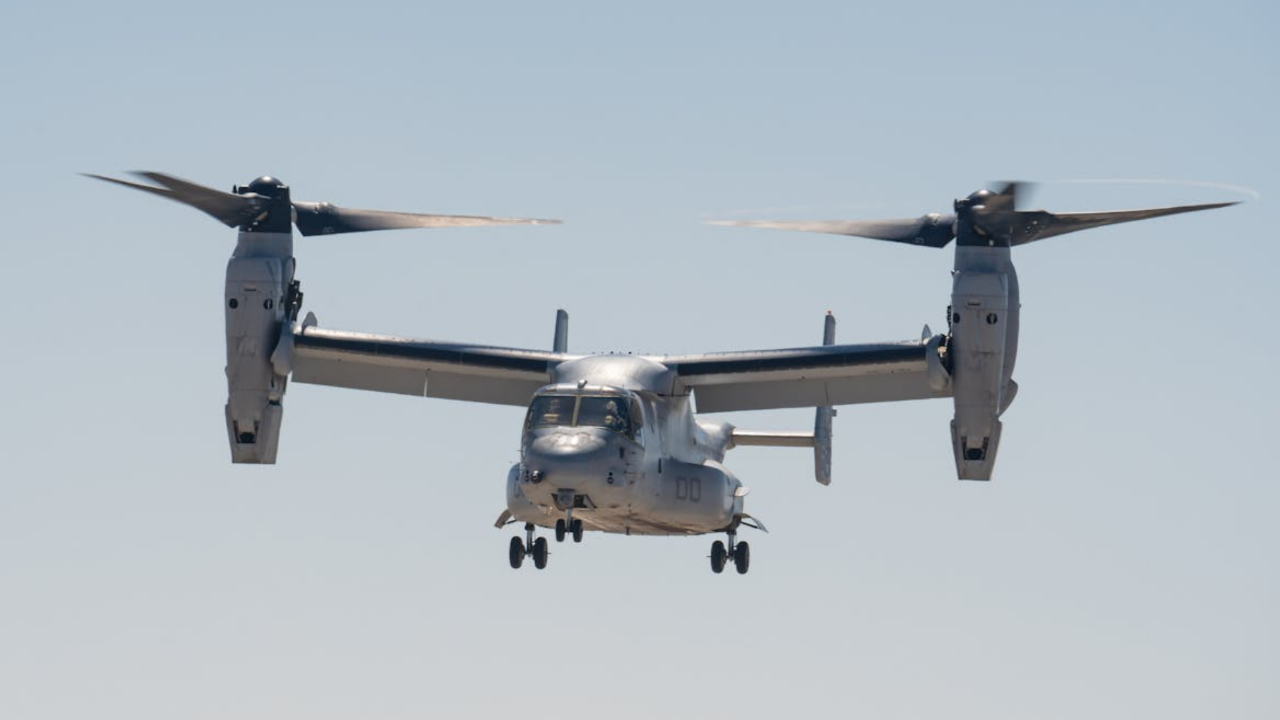When it comes to military aviation, few aircraft can claim the same level of versatility and innovation as the Osprey. The Bell Boeing V-22 Osprey, a unique tiltrotor aircraft, has captured the attention of aviation enthusiasts and military strategists alike since its first flight in 1989. In this blog post, we’ll explore what makes the Osprey stand out, its capabilities, and its role in modern military operations.
The Tiltrotor Revolution

The Osprey’s most distinctive feature is its tiltrotor design, which combines the functionalities of both helicopters and fixed-wing airplanes. This innovative design allows the Osprey to take off and land vertically like a helicopter while also flying at high speeds and long ranges like a plane. The rotor blades can pivot from a vertical to a horizontal position, enabling the aircraft to transition smoothly between modes.
Key Features of the Osprey

1. Speed and Range: The Osprey can cruise at speeds of around 280 knots (about 320 mph) and has a range of approximately 1,000 nautical miles, making it one of the fastest and furthest-reaching aircraft in its class.
2. Capacity: The aircraft can carry up to 24 troops or a payload of 20,000 pounds, making it ideal for various missions, from troop transport to medical evacuation.

3. Versatility: The Osprey is employed in a wide array of roles, including troop transport, cargo lift, and special operations. Its ability to operate in diverse environments—from land bases to ships—adds to its utility.
4. Advanced Technology: Equipped with modern avionics, flight control systems, and navigation tools, the Osprey is designed for a range of operational scenarios, including day and night missions and adverse weather conditions.

Operational History
The Osprey has seen action in numerous conflicts and humanitarian missions since it was introduced into service with the U.S. Marine Corps in 2007. Its first major combat deployment was during the Iraq War, where it proved invaluable for troop transport and rapid response operations.
In addition to military uses, the Osprey has also participated in disaster relief efforts. For example, it was deployed during the aftermath of Hurricane Harvey in 2017, showcasing its ability to access hard-hit areas and provide aid swiftly.

Challenges and Criticisms
While the Osprey has garnered praise for its capabilities, it hasn’t been without its challenges. Early in its development, the Osprey faced scrutiny due to a series of accidents, leading to a reputation for being difficult to fly. However, extensive modifications and improvements have significantly enhanced its safety and reliability.
Critics have also raised concerns about its cost, as the Osprey is one of the most expensive military aircraft in service. Nonetheless, its unique advantages often justify the investment, particularly for operations requiring rapid response and flexibility.

The Future of the Osprey
As military needs continue to evolve, the Osprey remains a key asset in the U.S. armed forces and allied nations. Plans for upgrades and enhancements to its systems promise to keep the aircraft relevant in an ever-changing landscape of warfare. Additionally, ongoing developments in technology may lead to new versions or variants designed to address future operational requirements.

The Osprey aircraft is more than just a marvel of engineering; it represents a significant leap forward in military aviation capabilities. With its combination of speed, range, and versatility, the Osprey has proven its worth on the battlefield and in humanitarian missions alike. As we look to the future, it’s clear that this remarkable aircraft will continue to play a vital role in modern military operations and beyond.















